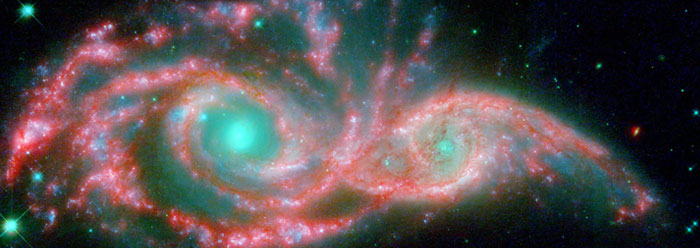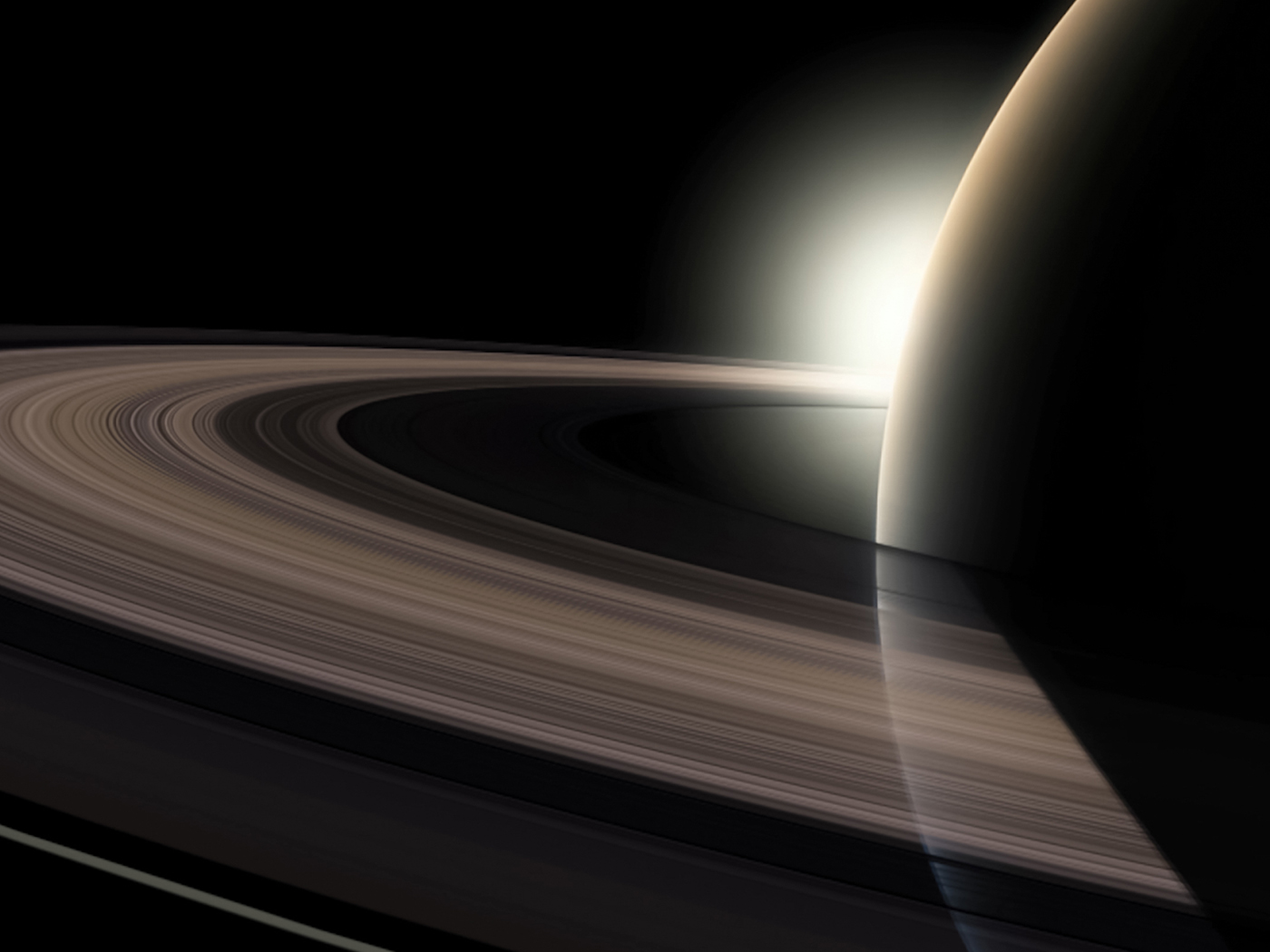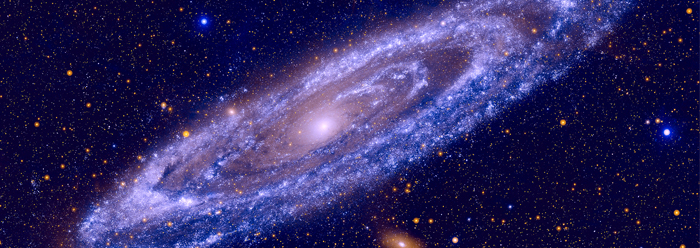Most cosmological models presume that when astronomers look at the objects most distant from earth, they are actually looking back in time. They aren't quite sure how galaxies first formed by natural processes, but they assume that "early" galaxies would look quite different from present-day ones. Thus, they were shocked to find fully matured galaxies so far away from so "long ago."
Texas A&M University astronomer Casey Papovich led a research team that discovered a cluster of 60 galaxies, one of which is a behemoth with 10 times the number of stars as the Milky Way. The clusters looked similar to ones found in regions that are closer to the earth in much "older" regions of space.
A university press release regarding their findings, which will be published in the Astrophysical Journal, noted that fully mature and clustered galaxies like these that are located in what may be the most distant, "earliest" regions ever detected are "considered by many astronomers to be highly unlikely, considering the time frame in which they were found."
"The predictions are that these things should be very rare when the universe was [merely] 4 billion years old, and yet, we found them," according to Papovich. "Not only did we find them, it looks for all intents and purposes like they had already formed completely and evolved into the large concentrations of galaxies that we see in clusters today."1 So, not one mature galaxy but 60 were found where there ought to be just disorganized gases according to a Big Bang cosmology.
Even more astounding is the discovery that the galaxies are clustered together. In naturalistic models, this kind of ordering--of gas into stars, stars into galaxies, and galaxies into clusters--would have taken eons to have formed by gravity. It's no wonder, then, that these clusters present such a mystery.
But rather than allow this data to disrupt naturalistic assumptions like deep time, Papovich offered the explanation that perhaps these galaxies formed super-fast, having matured within a mere fraction of the time that Big Bang cosmology would ordinarily allow.
Similar discoveries of "mature" structures in distant regions have plagued Big Bang theories for many years.2 These anomalous findings, like many others, again illustrate mankind's dearth of knowledge about even some of the most basic features of outer space. They also add to a list of astronomical observations that fly in the face of the Big Bang, which is at heart more philosophy than science.3 This underlying philosophy denies that the supernatural (God) had anything to do with forming the universe.
Although some stellar structures may seem like the result of vast ages of natural processes, this conclusion relies on the assumption that biblical creation never happened. Just as Adam and Eve and their then-new earth home appeared "mature" after only six days,4 so also very distant galactic clusters look "mature." Perhaps God, "which made heaven, and earth, the sea, and all that therein is: which keepeth truth for ever," placed the galaxies out there as signposts to point to Himself.5
References
- Texas A&M-Led Research Finds Ancient City of 'Modern' Galaxies. Texas A&M University press release, May 11, 2010, reporting on research to be published in Papovich, C. et al. 2010. Spitzer-Selected Galaxy Cluster at z=1.62. Astrophysical Journal, in press.
- Coppedge, D. 2006. Mature at Birth: Universe Discredits Evolution. Acts & Facts. 35 (10).
- See, for example, Gish, D. 1991. The Big Bang Theory Collapses. Acts & Facts. 20 (6).
- See Morris, J. D. 1990. Did God Create with Appearance of Age? Acts & Facts. 19 (9).
- Psalm 146:6.
Image credit: NASA, ESA/JPL-Caltech/STSc I/D. Elmegreen (Vassar)
* Mr. Thomas is Science Writer at the Institute for Creation Research.
Article posted on May 21, 2010.

























